|
Watch as two co-founders introduce our IoT plans after winning the DBSF x SIF Social Impact Award
In recent years, Internet-of-Things (IoT) has become an increasingly important form of technology that provides us with greater convenience in everyday life. By leveraging on low-cost computing, the cloud, big data, analytics and mobile technologies, physical devices can be connected to the internet to share and obtain data in real time with minimal human intervention. Ultimately, IoT technology is engineering a smarter, responsive world by merging the digital and physical universes.
If an object can be connected to the internet, communicate information, or be controlled from afar, the physical object is considered to be an IoT device. For instance, a lightbulb is considered an IoT device when it can be switched on using a smartphone app; this highlights perfectly how IoT defines devices that have the ability to communicate with a network without reliance on human resources, while still also being an object that is not expected to have internet connection. Unsurprisingly, IoT technology is expected to grow continuously as we are living in an era where there are more connected objects than people in the world. It’s predicted that by 2025 there will be a total of 41.6 billion connected IoT devices. By the same year (2025), half of the global population is estimated to live in water-stressed areas (WHO). The world is increasingly vulnerable towards the scarcity of clean drinking water, therefore, we at Wateroam, are aiming to combat this issue by offering a more sustainable and innovative water filtration system through the incorporation of IoT technology. Today, we’re going to share about the intersection of IoT technology and water management to highlight existing flaws within water systems, introduce innovative solutions that leverage on IoT, and share some product development updates involving the ROAMfilter Plus
Non-revenue water Non-revenue water refers to the loss of water which leads to the loss of potential revenue for water utility companies. This is an issue due to leakages and broken pipes, likely a result of outdated infrastructure or poor maintenance. A study by the World Bank found that the world loses 32 billion cubic meters of physical water yearly due to this, with half of the losses occurring in developing countries. If the water losses in developing countries could be reduced, that saved water supply could serve around 90 million people. 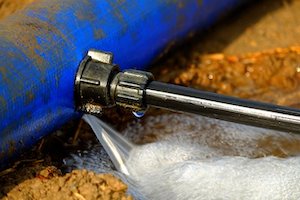 Image from Pixabay.com Image from Pixabay.com
The significant amount of water leakages emphasizes the importance of managing water supplies more efficiently as precious water resources should not be wasted due to poor maintenance. As we strive to help vulnerable communities obtain access to clean drinking water, we recognize the significant consequences for families having to prioritize water when supplies are limited. You can read more about that here in our past blog.
Smart Water in South Korea
In South Korea, Gochang Waterworks partnered with an Australian-based IoT company called Freestyle Technology. The partnership resulted in the installation of IoT-enabled smart water meters in 24,104 households in Gochang county. The implementation of smart water meters allowed the utility to conduct remote monitoring of water usage without relying on employees to embark on monthly home visits. The outcome of the project showed improvement in the accuracy of usage-based data for billing and it also prevented more extensive damage from leakages which in turn, reduced the costs from leakages by 19%.
Moreover, the implementation of the system goes beyond providing convenience as it also presents social benefits. Unintentionally, the deployment of the new meters has increased the safety of residents – especially the elderly. It provides the utility company with an ability to inform relatives or welfare homes to check in on households and residents without water usage in case an injury or incident has unknowingly occurred. This showcases an unintended benefit of how such technological advancements can serve vulnerable groups and socially marginalized people.
 Image from Bitlanders.com Image from Bitlanders.com
Traditional methods for water quality testing
Over the years, the quality of water has been deteriorating due to the rapid pace of industrialization, the vast development of the agricultural sector, agricultural fertilizers and weak law enforcements to prevent pollution. The presence of these pollutants jeopardize the safety and quality of water, restricting socio-economic development and causing individuals to be victims of preventable water-related illness.
Unarguably, constant monitoring of water quality is of paramount importance to prevent the outbreak of water-borne diseases and improve the quality of life for vulnerable communities.
Traditionally, the process of determining water quality is performed manually using either portable test kits, diagnostic instruments, or laboratory testing. When using the latter, samples must be procured and sent to the laboratories for analysis. This is a time-consuming and expensive process that requires human resources and an available laboratory. This traditional method does not offer real-time data which poses a challenge within itself as water composition could have changed since the samples were obtained. In a rural area, it could take days for transportation alone and then weeks to obtain the results; by then, the water source itself could have changed. While laboratory testing offers a comprehensive understanding of the water conditions at the time the sample was taken, it cannot offer consistent updates and real-time data on water quality.
Smart Water Quality Monitoring System in Fiji
Based on a report published by the University of South Pacific, obtaining real-time information on water quality is possible through their Smart Water Quality Monitoring (WQM) system. Ultimately, this device helps to monitor seawater quality in the Pacific Islands of Fiji by using IoT and remote sensing technologies. The system measures a range of water parameters such as: Potential Hydrogen (pH), Oxidation and Reduction Potential (ORP) as well as Conductivity and Temperature using remote sensing technology. With the aid of IoT technology, users will be alerted when there is a string of anomalous readings which could indicate the presence of potential pollutants.
What’s next for Wateroam?
Seeing the various benefits of the Internet of Things, we believe we are capable of impacting even more lives by enhancing our ROAMfilter Plus through the utilization of IoT technology. This innovation will allow us to provide solutions to some of the various challenges faced in disaster-affected and rural locations. IoT technology will allow us to obtain real-time data on the quality and quantity of water that has been filtered through our systems, keeping us regularly informed on its level of performance. For instance, multiple water filters could be deployed across a widespread geographic region by NGOs, charities or governments that do not have a headquarters in the area. As a result, it would take hours or even days of travelling time to reach the locations of deployment to monitor or maintain the systems. Due to a lack of resources, knowledge or manpower, monitoring or maintenance may not be performed regularly, therefore affecting the filter’s output and increasing the likelihood of decreased performance. This IoT development provides us with an opportunity to observe the filtration system closely to ensure that it is performing optimally; should we find it is not, immediate action can be taken to avoid the potential for emergency repairs later on.
The ROAMsmart Sensor
A modular sensor will be attached to the ROAMfilter Plus externally to measure the turbidity and flow rate of the filtered water. If the flow rate is relatively slow, it indicates the possibility that the filter membrane may be clogged or damaged. If that’s the case, users will be informed that the system requires attention, maintenance or replacement. Additionally, the external sensors could also provide information on the location of the ROAMfilter Plus through GPS tracking. Location is an important variable to ensure filters are not stolen or tampered with. This vigilance will alert users when the system is being moved to a foreign location, preventing theft or loss. The intended purpose of this product development is to improve accountability for our customers, partners, sponsors and donors. Ultimately, the ROAMsmart Sensor enables us to increase the positive impact of the ROAMfilter Plus on lives in rural or disaster-hit communities. As of now, we have impacted over 100,000 individuals around the world, and although we are still in the initial stages of our IoT enhancements, we believe we have the power to impact countless more lives through these technological changes. We’re still developing our ROAMsmart sensor, but we’re hoping to bring this innovative product to you in the near future.
Want to stay updated?
Fill out the form below to join our monthly newsletters to learn more about our technology, special features and social impact!
Blog Author: Nur Khairiyah Binte Mohd Samion
Chief Editor: Michelle Falcone Sources: https://www.oracle.com/sg/internet-of-things/what-is-iot.html https://smartwaterjournal.springeropen.com/articles/10.1186/s40713-017-0005-y#ref-CR9 http://ceur-ws.org/Vol-2120/paper3.pdf
9 Comments
As a social enterprise, Wateroam has been dedicated to fighting prolonged thirst since 2014.
At the helm of our operations, the ROAMfilter Plus spearheads our charge toward greater accessibility to clean water. A brainchild of our three co-founders, the ROAMfilter Plus is the product of the profound understanding of harsh circumstances communities face in disaster-stricken zones and an ingenious application of water filtration technology. The result? An easily portable and highly effective water filtration tool that has brought clean water to nearly 100,000 people in 38 countries.
UF membranes discriminate based on particle size, otherwise known as size exclusion; therefore, only particles that are smaller than these pores are allowed to pass. UF typically uses membranes with pore sizes measuring around 0.01μm - 0.1μm in diameter; Microfiltration and nanofiltration are examples of other filtration techniques that work in a similar way. Microfiltration techniques have pores bigger than UF, while nanofiltration techniques have pores sizes smaller than UF.
Here at Wateroam, our membranes have pore sizes that measure only 0.02µm in diameter! At just 0.000282µm, water molecules can pass through these pores easily while 99.9999% of bacteria and 99.99% of viruses cannot. Our membranes filter out dangerous pathogens, and anything larger such as dirt, sediment, and sand, also known collectively as suspended solids.
To better visualize this, take a look at the size chart below that compares the pores in our membranes to other substances found in unsafe, dirty water including biological and physical contaminants that cause adverse effects on human health when consumed. You can read whether your drinking water is safe for consumption in this blog! You might be wondering why Wateroam doesn’t use nanofiltration technology, since it offers even smaller pore sizes? The answer is simple: context. To conduct either nanofiltration or UF, a force must be generated to first drive the unfiltered water across the membrane. With nanofiltration technology, generating a force that would allow effective filtration through the smaller pore sizes often requires electricity. In many disaster zones, electricity is a luxury that is difficult or even impossible to come by. For example, a 2010 earthquake in Chile caused a power outage that affected 93% of the country, in turn disrupting the functioning of critical services including health, traffic control and water supply. By listening to the needs of these communities, our UF-designed filters are able to produce high quality drinking water without relying on electricity.
This is possible because the membranes within the ROAMfilter Plus adopt a hollow fiber membrane design. This means that our membranes are straw-like tubes with tiny pores all over their surface. Many of these tubes are bundled together and arranged vertically within the filter cartridge, which in turn encases an internal piston chamber. You can see this depicted in the above image.
As water passes through the pores, clean water is then released from the Front Tap and ready for consumption.
Through and through, the ROAMfilter Plus has been successful in alleviating the lives of thousands worldwide. But our journey doesn’t stop here! We continually strive to improve existing methods of filtration and explore new technology to improve the life, living and livelihood of individuals across the globe.
Buy the ROAMfilter Plus today
or fill out the form below to learn about the water filtration solutions we can offer you! Blog Author: Juliano Prastyo Chief Editor: Michelle Falcone
Why is there a need for maintenance?
It is an important process to ensure the longevity of the filter and the effective flow rate of the system. It is highly recommended for you to follow simple steps here! The 3 different maintenance processes are as follows:
Before we start, check to ensure you have the following items prepared.
Forward Flushing
Forward flushing is really easy. It is essentially pumping clean water into the system to clean the membranes and dislodging the dirt from it. We recommend that you perform forward flushing daily to prevent the build up of silt particles. This will maintain the system’s flow rate and enhance the filter’s life span. Here’s how you do it.
There you have it, now you are done with Forward Flushing.
Chemical Washing Chemical Washing is essentially pumping clean water mixed with bleach through the system. This process removes resilient organic contaminants in the system, thus enhancing the filter’s life span and ensure the system will operate with its optimum flow rate. We recommend that you do chemical washing once every 3 months. Here’s how you do it.
Note: Household bleach are produced in different concentrations in different parts of the world. It is strongly recommended that you evaluate the concentration of the Bleach product prior to use.
Sign up for our newsletter!
 
Cleaning the pre-filter sponge
The pre-filter sponge is used to filter out larger particles, such as small rocks, twigs and sand particles. It acts as the first layer of filtration from the water source. The cleaning process is simple and we recommend that the cleaning is carried out once a week. Here’s how you do it.
There you have it!
Maintaining ROAMfilter™ Plus has never been easier, requiring only 3 processes without the use of electricity. Have a community that require a safe, simple and swift solution to clean water? Contact us below to get your very own ROAMfilter™ Plus!
Did you know, 525,000 children under 5 die from diarrhoeal diseases every year? Millions more fall ill due to water-borne diseases caused by the lack of access to clean drinking water.
Please select the drop-down for other amounts
*Please refer below for terms and conditions
Blog Author: Ming Han Lee
Ever wonder how you can obtain clean water within a few minutes?
Gaining access to clean water has always been the biggest pain point in a rural village. After experiencing that first hand, we have been committed to engineering the simplest and most portable solution to end rural thirst. After our previous post on how the ROAMfilter™ Plus can be rapidly deployed for disasters, let's find out how the system can be set up and operated rapidly. There are 3 stages to obtain clean water using the ROAMfilter™ Plus.
Before we start, check to ensure you have the following items prepared. These items will be included in the carton box. 1. ROAMfilter™ Plus 2. 4.5m Rubber Hose 3. 0.5m Rubber Hose 4. Accessory Pack (Includes the Drain Valve, Permeate Tap and Male Connector)
ROAMfilter™ Plus content
Set up
Now, we will guide you through how to set up the ROAMfilter™ Plus. It is a straightforward process so let me break it down for you!
Just twist and turn
And in 6 simple steps, the ROAMfilter™ Plus is all set-up.
Done? Let's move on to Priming now!
Priming
Priming is an essential procedure to remove any presence of air in the system. This step ensures the ROAMfilter™ Plus pumping action is smooth and allow the system to filter water properly.
Prime to prevent air-lock
And that is the priming process. Next we will guide you through the operation stage!
Sign up for our newsletter!
 
Operation
Now that the system is primed and ready, it's time to purify the water!
Pump to get clean drinking water!
Do note the following during the operation process
Below is the full video of the entire set up and operation
There you have it.
Filtering and obtaining clean water has never been easier, requiring only 3 stages without the use of electricity. Interested to get one? Contact us below to get your very own ROAMfilter™ Plus!
Did you know, 525,000 children under 5 die from diarrhoeal diseases every year? Millions more fall ill due to water-borne diseases caused by the lack of access to clean drinking water.
Please select the drop-down for other amounts
*Please refer below for terms and conditions
Blog Author: Ming Han Lee
Disasters are natural catastrophes that can cause great damage and an extensive loss of life. As much as as we want to prevent disasters, it is an unavoidable calamity. In 2018 itself, there were 366 disaster events just within Asia.* After a disaster strikes, the devastation that it leaves behind is unfathomable. The following are just some of the devastating effects of a disaster.
*https://www.munichre.com/topics-online/en/climate-change-and-natural-disasters/natural-disasters/the-natural-disasters-of-2018-in-figures.html
Economic damage such as loss of capital assets and infrastructure
https://development.asia/policy-brief/economics-climate-change-southeast-asia
Water contamination after flooding and Loss of farm for livelihood after disaster
https://www.directrelief.org/2019/07/widespread-flooding-has-devastated-south-asia-its-only-the-beginning/ http://www.asianews.it/news-en/Bangladesh-rice-crop-destroyed-by-floods,-government-delays-Caritas-aid-40601.html
The lack of access to safe drinking water is an issue that is most commonly faced on the ground after a disaster due to water contamination. While there are existing solutions available, they might not be the most user-friendly and suitable option for deployment as such solutions are often bulky, complicated to use and requires electricity for operation.
At Wateroam, we asked ourselves, what can we do to solve the problems faced after disaster. That is when we realised that there is a need for a safe, simple and swift system that can help you obtain clean water during disaster relief efforts. We want to empower individuals and organisations participating in disaster relief efforts to have a simple and portable system that will allow them to provide clean water during humanitarian efforts. A water filtration system that does not require electricity, one where simplicity meets efficiency. Thus, we developed the ROAMfilter™ Plus. The ROAMfilter™ Plus is an easy-to-use, highly portable water filter that provides a large amount of safe drinking water within a short period of time. It is the ideal filter for usage in emergency, disaster relief, and rural developments.
Designed with 3 core design principles in mind; safety, simplicity and swiftness, the ROAMfilter™ Plus is engineered to be the most portable community water filter for disaster relief victims and rural communities. Contact us now if you are interested to find out how you can get one for your next deployment! Blog Author: Terry Ng
Did you know, 525,000 children under 5 die from diarrhoeal diseases every year? Millions more fall ill due to water-borne diseases caused by the lack of access to clean drinking water.
Please select the drop-down for other amounts
*Please refer below for terms and conditions
Are you also looking for simple and reliable ways to identify safe drinking water according to WHO standards? Check out our Water Check Now™ test kits today!
|
Want more?Click below to see what other blog topics might peak your interest
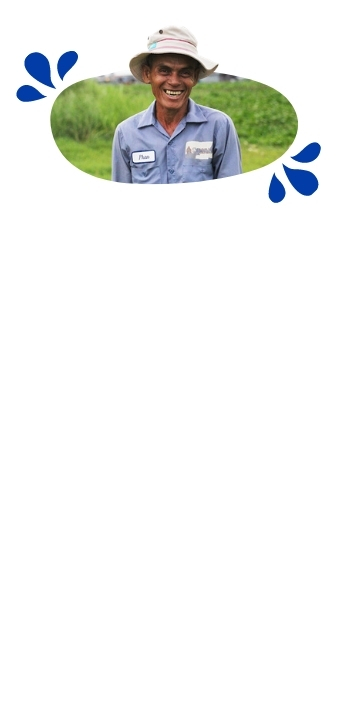


Products
|
|||||||||||||||||||||||||||||||||||||||||||||||
- About Us
- Products
- Solutions
- Resources
- Get Involved
-
Blog
- The Global Water Situation
-
Facts about Water
>
- Water supplies for crisis
- WaSH During Emergencies
- Well Water Cleaning and Filtration Guide: Southeast Asia
- Gravity-fed Water Systems: Water Purification and Filtration setups in Southeast Asia
- A Guide to Rural Rainwater Harvesting and Filtering
- Water Shortages and Their Effect on Children in Rural Schools
- WaSH Planning and Design Framework Resources for Indonesia and the Philippines
- Rural Community Water Supply: Water Systems in Villages
- Info on our Products
- Impact Stories
- Upcoming & Past Events
- Contact
- Store
- About Us
- Products
- Solutions
- Resources
- Get Involved
-
Blog
- The Global Water Situation
-
Facts about Water
>
- Water supplies for crisis
- WaSH During Emergencies
- Well Water Cleaning and Filtration Guide: Southeast Asia
- Gravity-fed Water Systems: Water Purification and Filtration setups in Southeast Asia
- A Guide to Rural Rainwater Harvesting and Filtering
- Water Shortages and Their Effect on Children in Rural Schools
- WaSH Planning and Design Framework Resources for Indonesia and the Philippines
- Rural Community Water Supply: Water Systems in Villages
- Info on our Products
- Impact Stories
- Upcoming & Past Events
- Contact
- Store


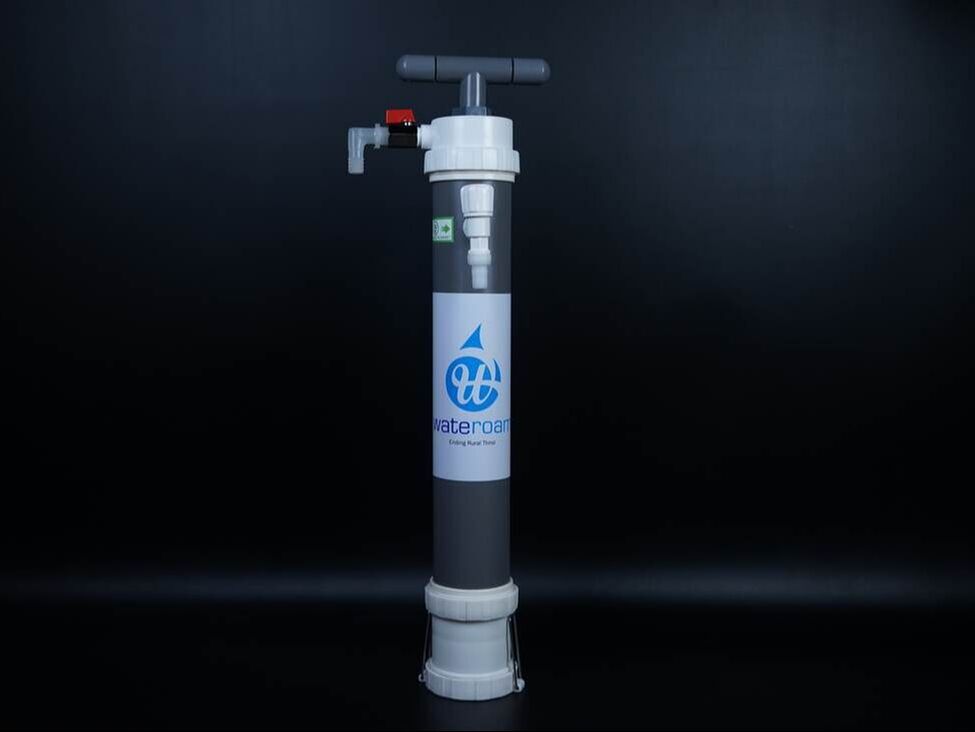

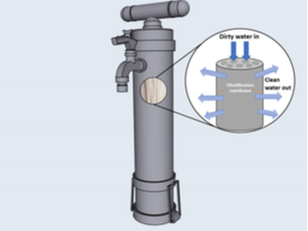
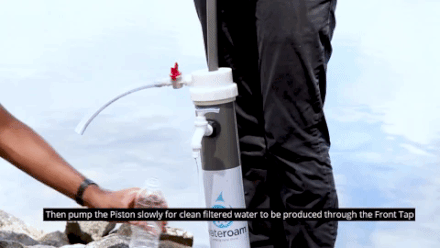
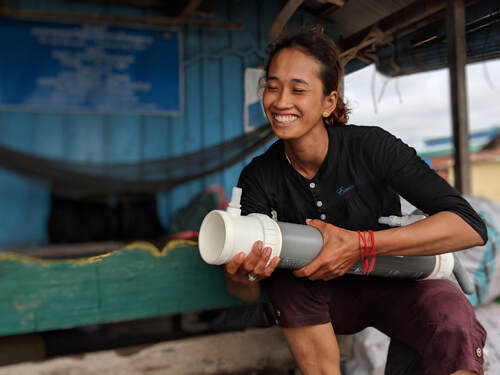
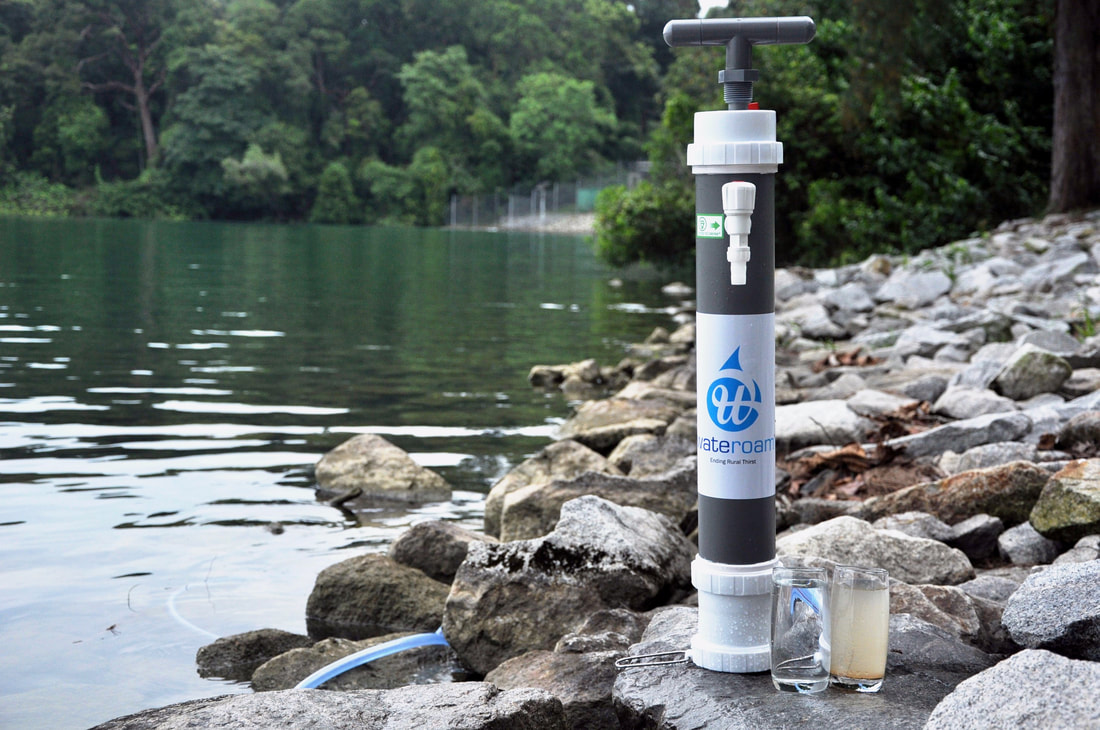
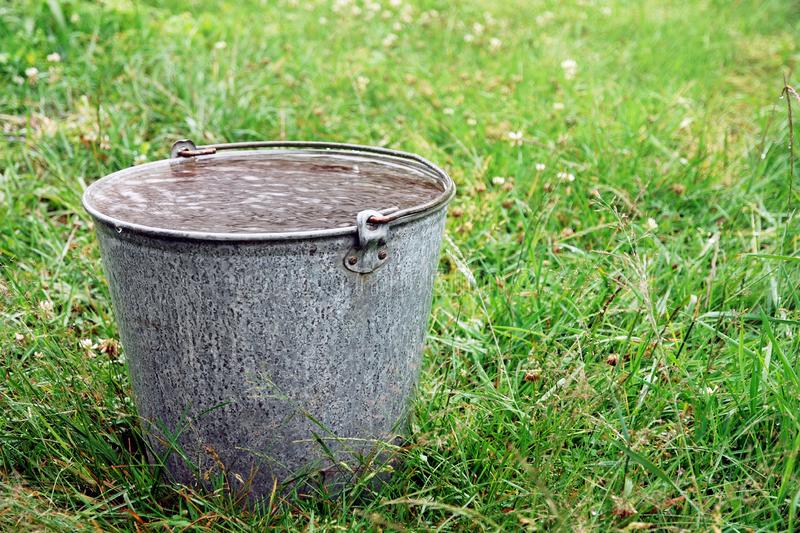
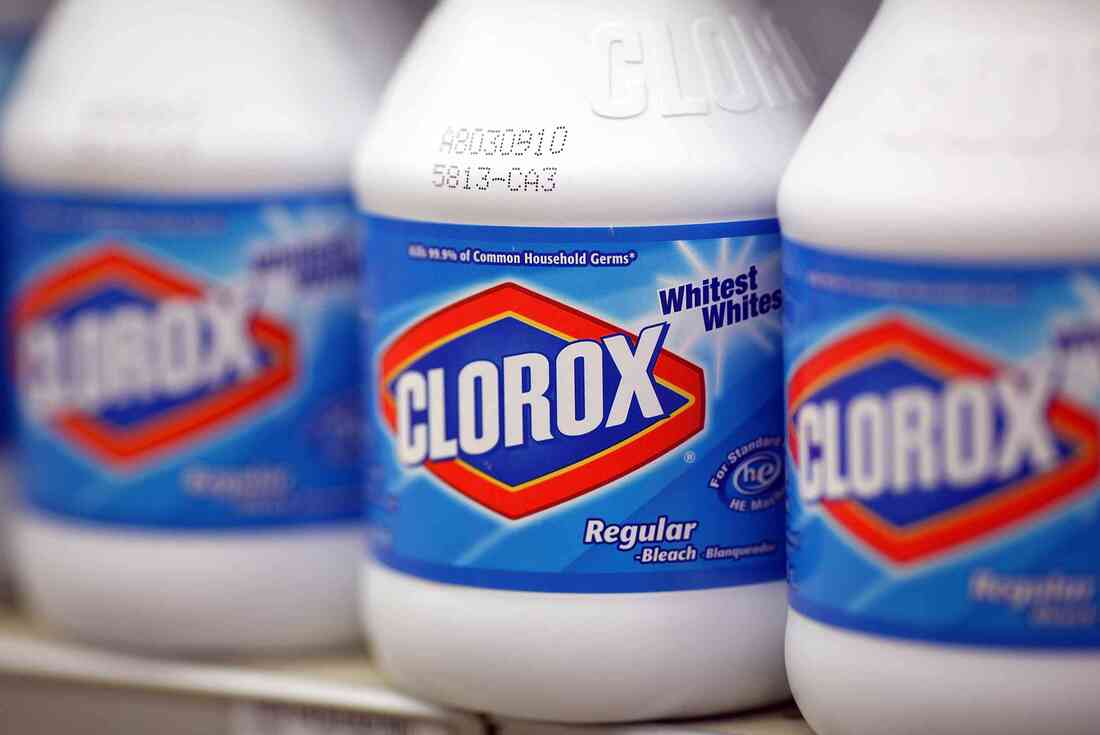

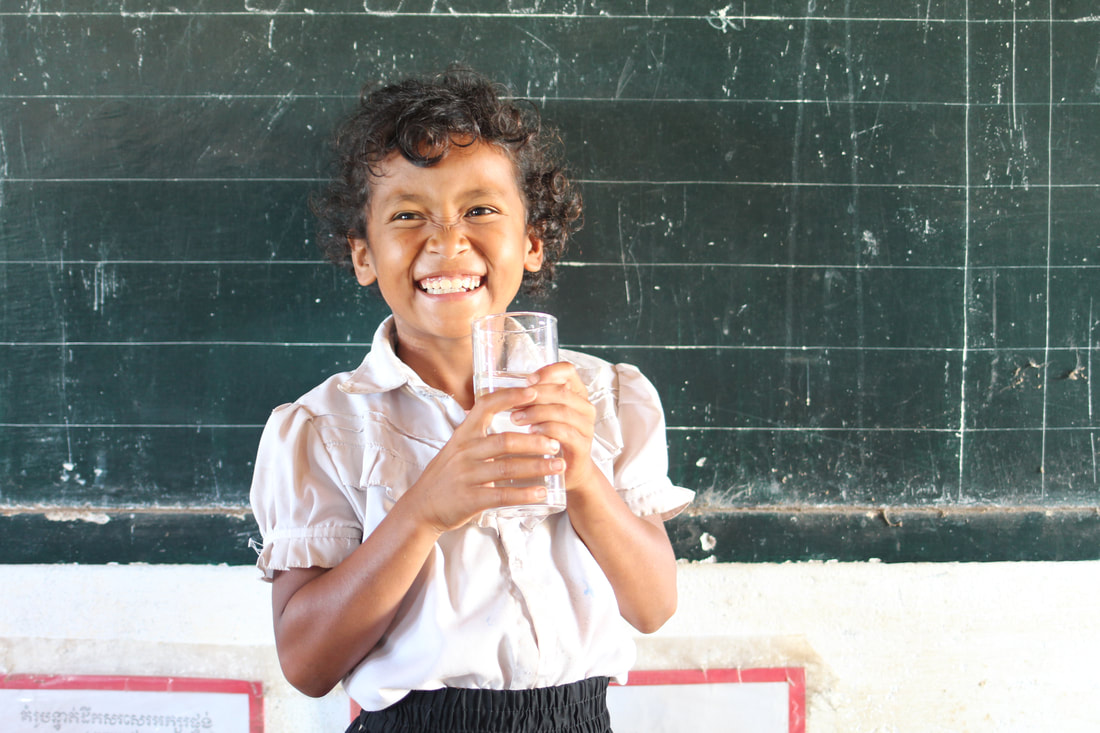

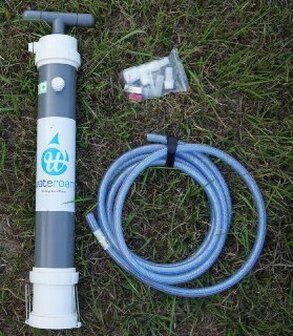
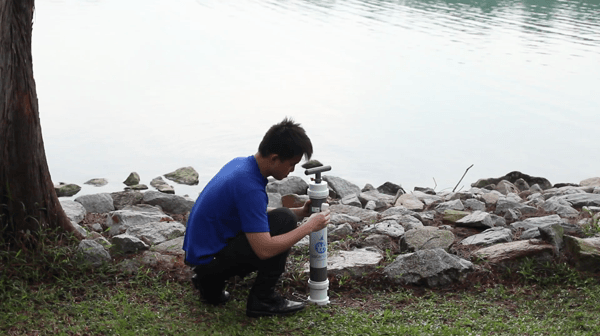
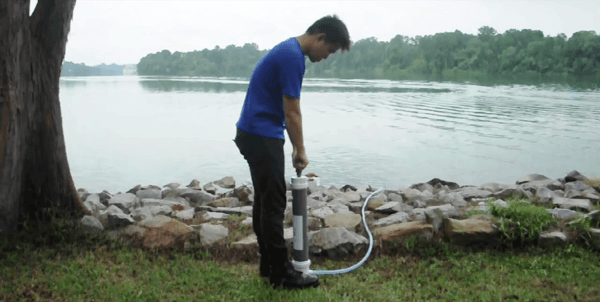
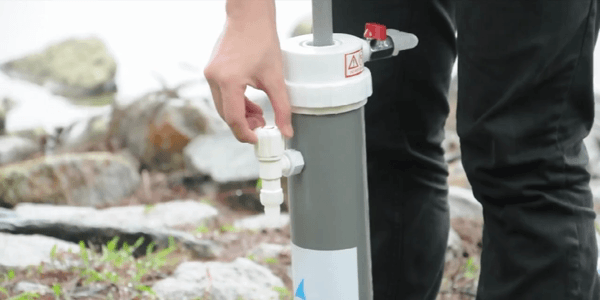




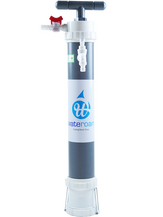
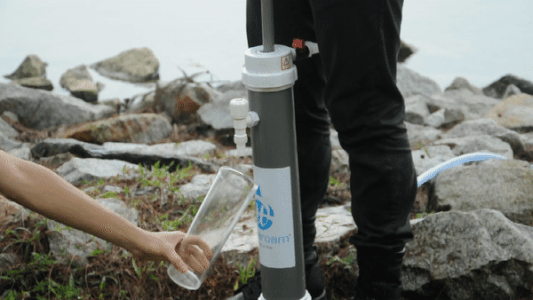
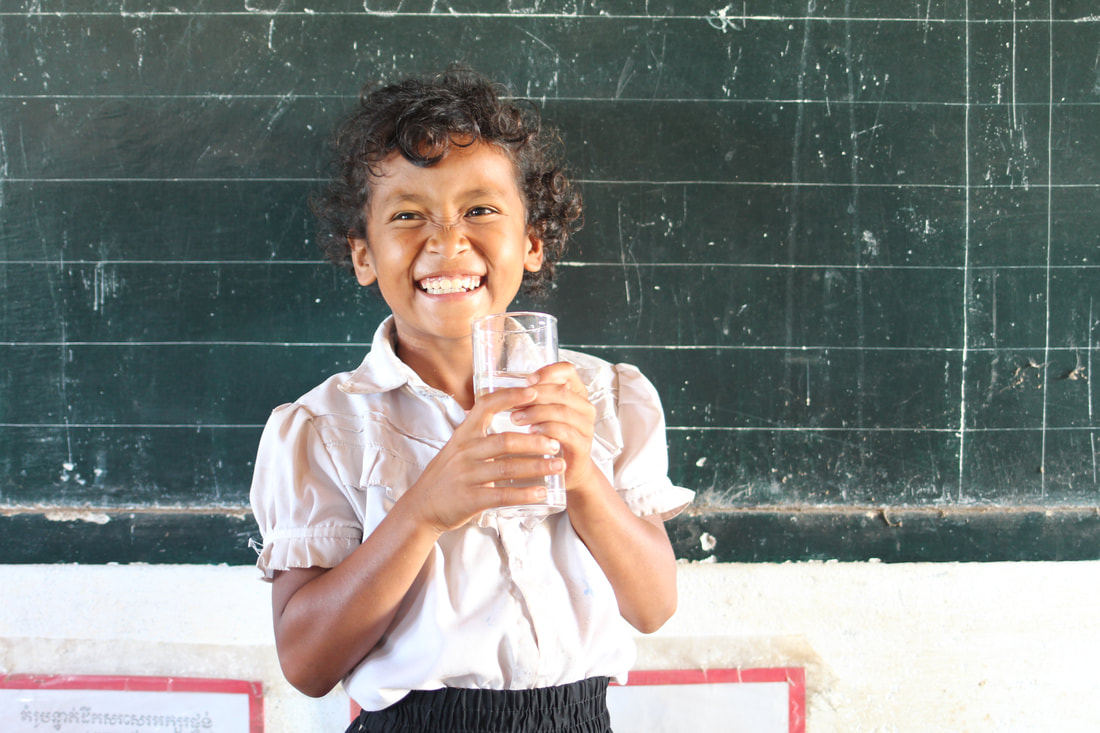


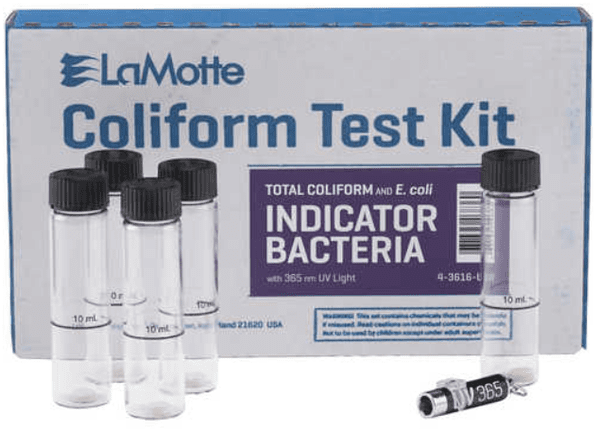
.jpg)